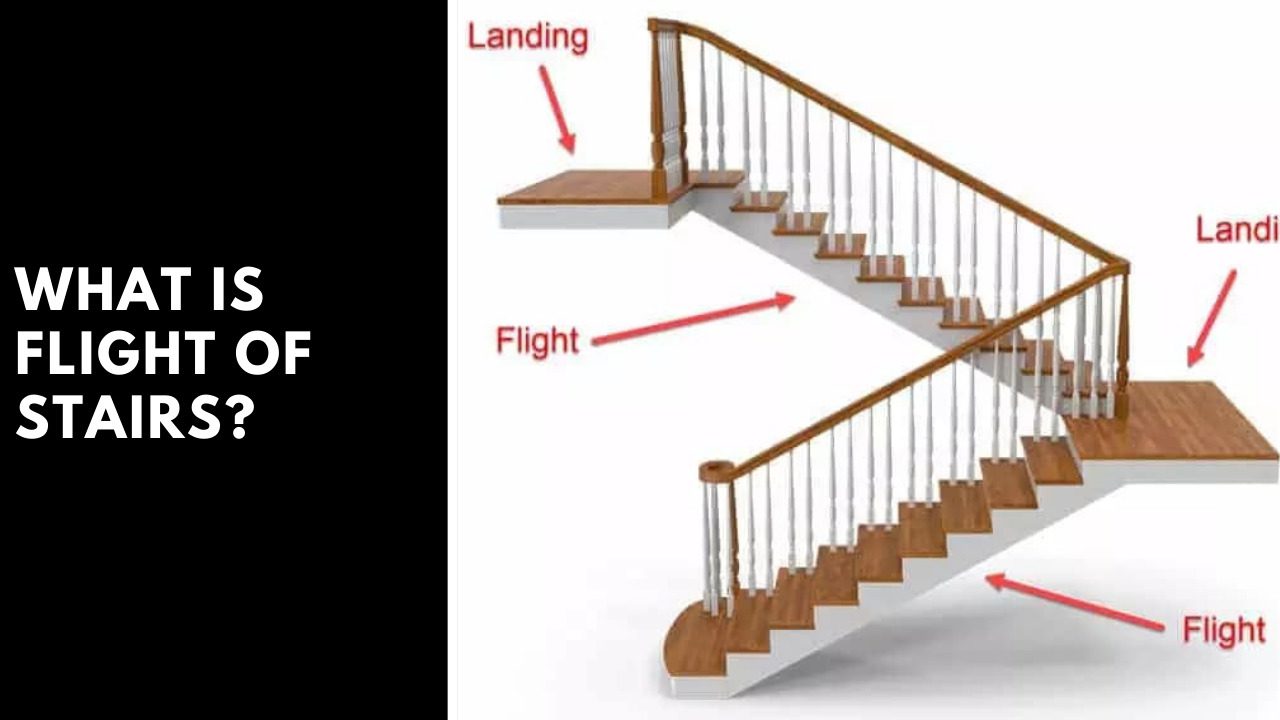Contents
Introduction
Stairs are a fundamental part of buildings and structures, allowing people to move between different levels. But what is a flight of stairs? This term is commonly used in architecture and everyday conversation, yet many people don’t fully understand its definition, purpose, and design aspects. A flight of stairs plays a crucial role in providing accessibility and convenience. It consists of a continuous series of steps between two landings without any breaks.
Whether in homes, commercial buildings, or public spaces, stairs are designed to be safe, functional, and aesthetically pleasing. In this article, we will explore the definition of a flight of stairs, different types, the science behind their construction, and important safety considerations.
Understanding the Definition: What Is a Flight of Stairs?
A flight of stairs refers to a series of uninterrupted steps that connect two different floors or levels within a building. The key characteristic of a flight is that it does not have a landing or platform in between. Typically, a flight of stairs consists of 3 to 15 steps, though this number can vary based on design and building codes.
The primary function of a flight of stairs is to provide a smooth transition between levels. Whether in a house, an apartment complex, or a skyscraper, flights of stairs are essential for movement. They also serve as emergency exits in case of fires or power failures when elevators are unavailable.
Components of a Flight of Stairs
To better understand what a flight of stairs is, let’s break down its key components:
- Treads – The horizontal part of the step where the foot is placed.
- Risers – The vertical part of the step that connects one tread to another.
- Stringers – The structural support that holds the steps in place.
- Handrails – Rails installed for safety, providing support while ascending or descending.
- Balusters – Vertical posts supporting the handrail and ensuring safety.
- Nosing – The front edge of the tread that slightly extends beyond the riser for extra grip.
Each of these components contributes to the functionality and safety of a flight of stairs, making it an integral part of modern architecture.
Types of Flights of Stairs
Flights of stairs come in various shapes and designs, each serving a specific purpose. Here are some common types:
1. Straight Flight of Stairs
This is the most basic and common type, consisting of a single, uninterrupted stretch of steps without turns. Straight flights are often seen in homes, offices, and industrial buildings.
2. L-Shaped Flight of Stairs
Also called quarter-turn stairs, these flights have a 90-degree turn with a small landing in between. They provide better space utilization and are commonly used in multi-story houses.
3. U-Shaped Flight of Stairs
Featuring a 180-degree turn with a landing, U-shaped flights are compact and efficient for smaller spaces while maintaining ease of movement.
4. Spiral Flight of Stairs
These flights curve around a central point, often taking up less space than other designs. They are commonly found in towers, lofts, and modern homes.
5. Curved Flight of Stairs
Unlike spiral stairs, curved stairs have a gentle, flowing arc. They are visually appealing and often seen in grand entrances and luxury buildings.
6. Bifurcated Flight of Stairs
This type consists of a wider lower flight that splits into two narrower flights in opposite directions, often found in large public buildings like theaters or palaces.
The Importance of a Flight of Stairs in Architecture
A flight of stairs is more than just a means of going up or down; it plays a significant role in design and functionality. Architects consider various factors when constructing stairs, including:
- Safety Regulations – Proper step height, width, and handrails ensure safety for users.
- Space Optimization – The right stair design can maximize available space in buildings.
- Aesthetic Appeal – Well-designed stairs can enhance the overall interior of a building.
- Accessibility – Stairs provide an alternative to elevators, ensuring accessibility in emergencies.
Safety Considerations for Flights of Stairs

To prevent accidents and ensure safety, staircases must follow specific safety guidelines. Here are some essential safety measures:
- Proper Step Dimensions – The ideal riser height is between 6 to 8 inches, while the tread depth should be at least 10 inches.
- Non-Slip Surfaces – Using anti-slip materials on treads reduces the risk of slipping.
- Well-Designed Handrails – Handrails must be sturdy and positioned at an appropriate height for support.
- Adequate Lighting – Proper illumination ensures visibility, reducing the chances of missteps.
- Regular Maintenance – Checking for loose steps, broken railings, or worn-out surfaces helps prevent accidents.
Frequently Asked Questions (FAQs)
1. What is the ideal number of steps in a flight of stairs?
There is no fixed rule, but a standard flight of stairs typically has 3 to 15 steps before a landing is needed.
2. Why are landings required in staircases?
Landings provide a resting point and enhance safety, especially in long staircases, preventing exhaustion and reducing the risk of falls.
3. What materials are commonly used for flights of stairs?
Stairs can be made from wood, concrete, steel, glass, or a combination of these materials, depending on design and durability needs.
4. Are flights of stairs subject to building codes?
Yes, building codes regulate stair dimensions, materials, and safety features to ensure they meet legal safety standards.
5. What is the difference between a flight of stairs and a staircase?
A flight of stairs refers to a continuous series of steps, while a staircase includes multiple flights connected by landings or turns.
Conclusion
A flight of stairs is an essential structural element in buildings, providing a functional and aesthetic means of moving between levels. Whether in homes, offices, or public spaces, flights of stairs come in various designs to suit different architectural needs. Understanding their structure, types, and safety considerations ensures better utilization and maintenance.
Whether you’re designing a staircase for a new home or simply curious about stair terminology, knowing what a flight of stairs is helps in appreciating its importance in everyday life.





